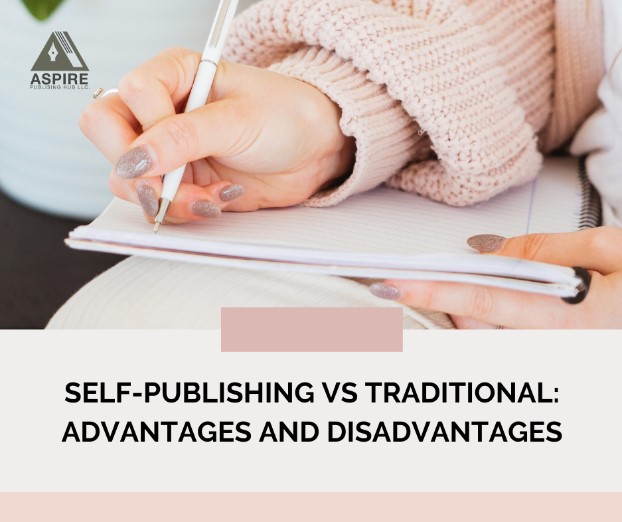Voice reflects the author’s unique personality and writing style. Word selection, sentence structure, dialogue, and vocal inflection all contribute to the articulation of the voice. Voice is important because it allows the author to convey feelings to the reader that would not be there if the text were written in a different style.
Having a distinct and engaging voice is crucial to any piece of writing. Depending on the context, a first-person narrator and an objective third-person narrator can seem very similar or entirely different. Readers may follow the character’s lead and grow more invested in the story as a result of the voice.
The author’s voice in a piece of writing is the author’s voice in the role of a character or narrator. The tone may be upbeat or downbeat; it may be neutral, subjective, first-person, or emotive. This article breaks out the many writing voices so that authors can better decide which ones to employ in their own works.
Blogs also make careful use of carefully chosen voices in communication, not just in books and literature. The voice of the blog’s author is typically employed.
For what reasons could you want to think about a specific voice?
When writing, why is it crucial to have a distinct voice?
A distinct voice is essential when creating a character. A writer’s voice can be picked up on in the first few lines of a piece, but it’s how that voice develops and changes as the tale progresses that really stands out.
Narrative Voice
There are three distinct narrative voices in a story. Who tells the story, and how do they tell it to shape the narrator’s tone and perspective? As a result of having skin in the game, the first-person narrator cares more about the story’s outcomes.
The voice of the narrator is crucial to the reader’s immersion in the story. It shapes how readers interpret and understand the story’s events and plays a vital role in outlining the personalities of the characters.
One’s point of view is the story’s narrative voice. Either the first or third person can be used, and common phrases like “he said” and “she answered” are all that is needed to convey the conversation.
There are three distinct narrative voices: first, second, and third person. You are not serving as the narrator here.
One of the most crucial elements of any story is the narrator’s voice. When the author wants the reader to have an intimate sense of the narrator’s thoughts, feelings, and words, the first-person point-of-view is the way to go.
The narrator might be a primary or supporting character since the third-person limited narrative voice is the most popular choice among authors. An indication of the character’s identity is required in all cases so that readers know who is narrating the story, as this form of narration does not necessarily reflect the author’s point of view.
A writer’s narrator can be any number of people or things, depending on what the story needs.
Authorial Voice
The author’s attitude is conveyed through the author’s voice. Writing with one’s own voice is particularly noticeable in nonfiction.
This style of narration clearly features the author’s voice since it conveys the story with an air of authority. Even though news reports should be objective, there is often evident evidence of the presenter’s bias in even objective news broadcasts.
The narrative has the author’s distinctive tone. Structure, word choice, and punctuation all contribute to a writer’s unique style.
The voice of the author is the unique way in which they express themselves through their writing. Although narrative essays might have a novel perspective, they nevertheless need to be grounded in reality.
Ultimately, it is the text’s narrator or author who will have their own unique voice. A story’s narrators have their own distinct voices, which are reflected in the dialogue and internal monologue that make up the story.
The author’s voice comes through in the words they use, the way they arrange their sentences and the overall mood of the piece. It reveals the author’s perspective, mood, and character, as well as any background knowledge or experience they may have that informs their writing.
Character Voice
Writing in “character voice,” or from a particular character’s point of view, is one technique for conveying narrative. Different characters and third-person narrators, as well as the use of several voices to illustrate the same event from different perspectives, are all options open to the author.
The author employs narrators with varying points of view, each of whom discusses the same events from a unique perspective. The voice you offer your character is one method to give them their own unique identity.
This can work well if you employ a variety of techniques, such as reading the dialogue out loud, identifying the characters by name, minimizing exposition, and displaying their distinguishing characteristics and personality types. However, actions speak louder than words. Therefore it’s crucial to make sure that characters constantly act in accordance with their responsibilities, as well as having distinct voices.
By interrogating and conversing with the individual, you learn to hear their true personality. Whether in the first or third person, the narrator determines the point of view. It is via the perspectives of the characters and the narrator (as a character) that the narrator describes the characters’ speech patterns and the contexts in which they occur. The only way to know what they actually said is through exact quotations, which might be misleading if taken out of context or are specific to one event. The words of other characters, especially those who are close to the speaker (such as friends or family), also have an impact on their own voice.
Conclusion
Diverse narrative voices help get the story over to the reader. Whether you’re writing sales copy, a blog piece, or a tale, you need to employ voice effectively.



